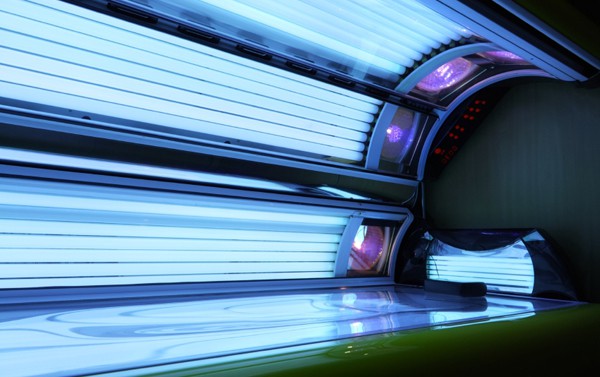In the early 1900s, society decided that skin that was tanned was more beautiful than the natural skin color we were born with. As the obsession with tanned skin grew and grew, inventors started developing devices to help people achieve tanned skin indoors. The Man-Tan was introduced in 1959 and about 20 years later, indoor tanning using UV tanning beds became available in the US. What people did not realize at the time, was that tanned skin actually represents the opposite of health and the darkened skin is skin that has been damaged by UV (ultraviolet) radiation.
Now days, even though we know that tanned skin is not healthy, the obsession with tanning still exists. Unfortunately, many people think that tanning indoors is actually healthier than tanning outside, but that is false. Tanning in an UV tanning bed before the age of 35, can actually increase your chance of developing melanoma by up to 75% which is the most common form of cancer in young people (ages 15 – 29 years of age). Due to over 44 states have restrictions as to what age a person can use a tanning bed. Several states have actually made it illegal for anyone under the age of 18 to use a tanning bed. You can learn more about the state laws and restrictions here: https://www.aimatmelanoma.org/global-advocacy-and-engagement/melanoma-legislation/tanning-legislation-in-2017/
Not only does tanning damage skin, it can cause age spots, freckles, and as we know, skin cancer. Not only that, it becomes addictive, which makes it difficult to stop using a tanning bed. Even if you have been an avid tanner in the past, it is never too late to stop. Make sure you receive an annual skin cancer screening with your dermatologist and consider switching to a safer alternative to sunless tanner if you still want the appearance of tanned skin.
Disclaimer: This blog provides general information and discussion about medical, cosmetic, mohs, and surgical dermatology. The words and other content provided in this blog, and in any linked materials, are not intended and should not be construed as medical advice. If the reader or any other person has a medical concern, he or she should consult with an appropriately-licensed dermatologist or other health care worker.
